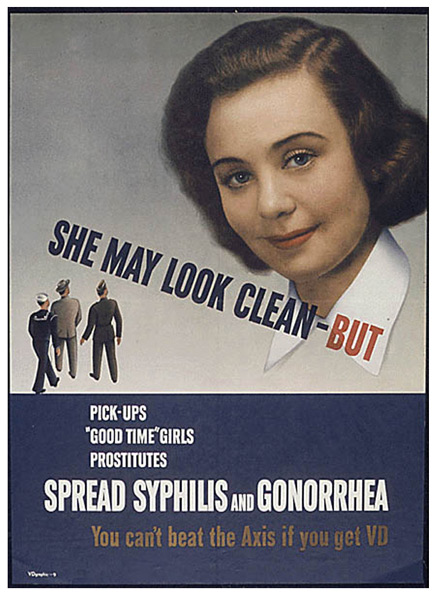
Buyer’s remorse or post-purchase dissonance… we all feel it at times. Buying a $7.50 chicken burger (only the burger) without knowing the price was my last memorable experience of the feeling. I got to thinking about the topic after reading my teammate, Jason’s, post on Apple’s ‘Black Friday’ promotion. What I found most interesting was his insight that Apple doesn’t often offer discounts on its products in order to minimize post-purchase dissonance. Of course the company would avoid sizable discounts on regular basis as to not lower the perceived value of its products in the minds of consumers, but prevent buyers remorse? I guess it really makes sense when you think about it. Anyone would be slow to purchase new apple products in the future if the company was known for offering large discounts on products several months after they were released. In a sense, they may feel betrayed by Apple as when the purchase took place, it was communicated to them that they were receiving a good value. Moreover, their trust for the brand would fade. On the other hand, companies that sell products known for their relatively low prices would be able to get away with offering short term discounts much easier as this type of behavior is expected them.
Besides carefully monitoring sales promotions, a number of steps may be taken in order to avoid buyer’s remorse. Following up with customers via mail or email after a purchase has been made is key. Reminding them both of how valued they are as a customer and how wise they were to make their purchase decision can be useful to reassure consumers of the appropriateness of their purchasing behavior. Offering some sort of quality assurance and the availability of one’s services to help address any issues that the customer may initially have also help to give them peace of mind. The best response of the seller to mitigate post-purchase dissonance varies depending on the situation and the nature of the product or service that has been sold. Of course, in the case of my chicken burger, I should really have found out the price before I ordered the food. This way, I would have been able to decide how great my need for that chicken burger really was at that moment. Not entirely my fault, however, which brings me to my final point. The full communication of product and transaction information to consumers before they are pressured to make a purchase is essential to avoid buyer’s remorse.
